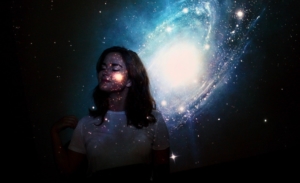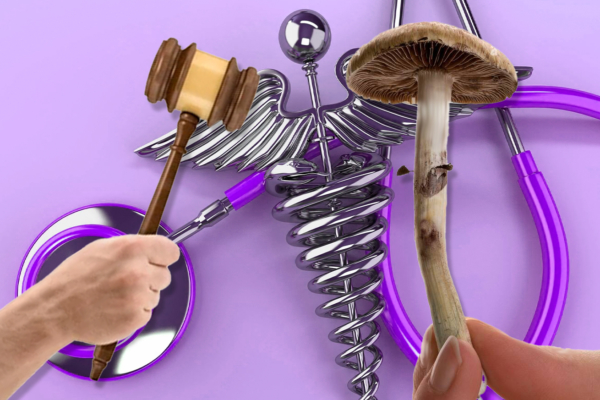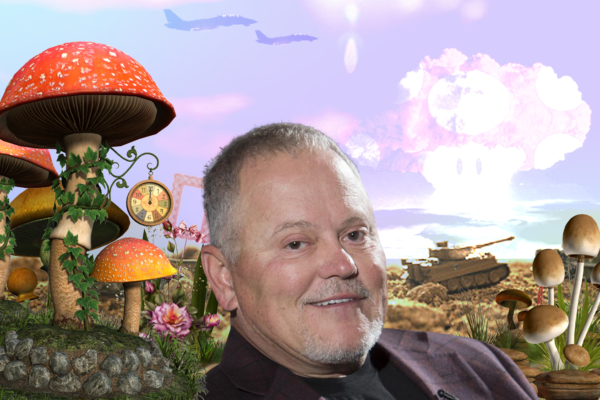
Seeing a tunnel of light, feelings of inner peace, and leaving your body. When people seemingly cross the threshold into another world and survive, they often come back with tales like these. The elusive near-death experience has puzzled scientists for decades now. Why do these experiences occur, and why are they so remarkably similar across cultures?
As modern science continues to embrace the study of the ineffable, researchers are discovering that psychedelic substances may be key in understanding exactly what is going on during the near death experience.
What are Near-Death Experiences?
Much like the mystical and the spiritual, near-death experiences (NDEs) have frequently escaped scientific study within the lab; NDEs arise out of the extreme, like surviving a coma or experiencing a severe head injury. Yet what’s striking about NDEs is that they are recalled with superb clarity. Moreover, their details remain stable over time. Research has found that the characteristics of these experiences remain unchanged two decades after the incident.
As these memories are often crystal clear, they provide an opportunity for scientists to probe these first-hand accounts and highlight the foundational characteristics of the NDE. A recent study found that NDEs are punctuated by feelings of inner peace, out-of-body experiences, and encountering the infamous tunnel of light. After a long battle with cancer, Anita Moorjani fell into a coma in February of 2006, yet lived to tell the tale, highlighting these feelings of inner-peace:
“It was just incredible, because, for the first time, all the pain had gone. All the discomfort had gone. All the fear was gone…I felt as though I was enveloped in this feeling of just love. Unconditional love.”
Extraordinarily, after her brush with death, Moorjani made headway with a miraculous recovery; four days after the NDE her tumours had shrunk by 70 percent.
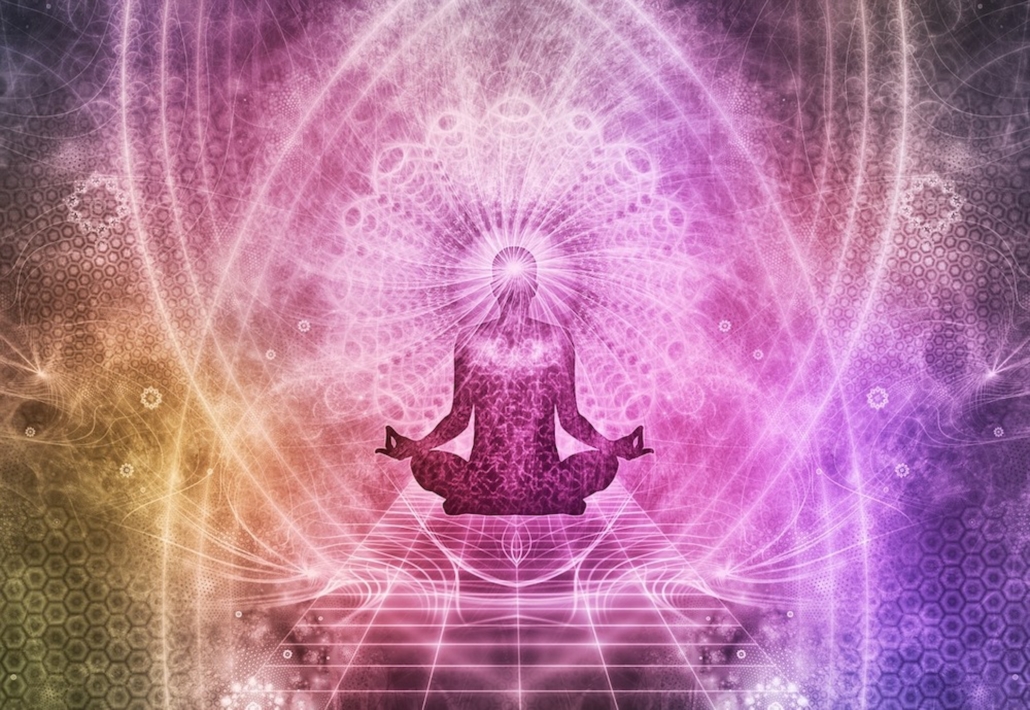
DMT: The Spirit Molecule
How do you explain these experiences? Well, if you hail from a religious background, NDEs may be viewed as a glimpse into the afterlife, ultimately confirming the existence of heaven, nirvana, or whatever you want to call it. Rick Strassman, neuroscientist and seminal psychedelic researcher, begs to differ.
Strassman conducted pioneering work in the 1990’s with N,N-Dimethyltryptamine (DMT), a potent psychedelic substance used by shamans in the Amazonian basin. Over a period of five years, Strassman administered DMT to sixty participants in his lab and witnessed each one undergo a radical transformation.
His participants saw visions, broke through to another world, and found themselves meeting ineffable entities. These accounts (potentially coupled with Strassman’s Buddhist background) led to DMT being dubbed ‘The Spirit Molecule’—the similarities between the spiritual and the psychedelic were hard to ignore.
What’s most relevant, however, is Strassman’s thoughts regarding NDEs. Rather than boiling it down to the metaphysical, Strassman theorised that the brain generates these mystical states through a huge release of DMT in response to death. This is possible as DMT is an endogenous compound—it’s found within the human body, and also occurs in an abundance of species in the animal and plant kingdoms.
While the theory may sound far-fetched, the psychedelic state and NDEs share many similar consequences. Much like high dose psychedelic experiences, research has found that NDEs can cause long-term increases in psychological well-being, can reduce death-related anxiety, and can increase an individual’s appreciation of nature.
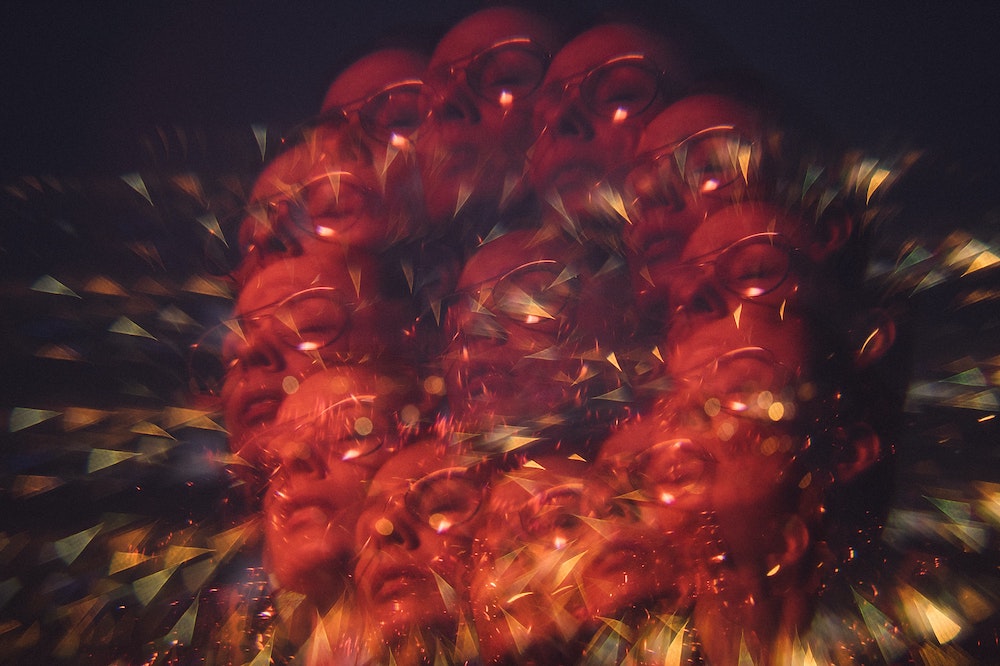
DMT and (Near) Death
Despite these similarities, for many years Strassman’s theory remained just that – a theory. But, in 2018, researchers attempted to validate this hypothetical link between DMT and NDEs. The study involved injecting a total of thirteen healthy participants with a placebo in one session, and DMT in another. DMT hits hard and fast—participants are catapulted into another world within two to three minutes, and touch back down to earth well within the hour.
After the effects subsided, the researchers asked them to retrospectively rate their trip using the NDE scale, a questionnaire originally used to assess the experiences people have when coming close to death. The scale featured key components of the NDE, with questions like, “Did you feel separated from your physical body?” and, “Did you seem to encounter a mystical being or presence?”. A score of 7 is considered the ‘threshold’ of what constitutes a NDE.
After experiencing a high dose of DMT, the participants all passed this threshold. And, the researchers found that the experiences induced by DMT were remarkably similar to the ones reported after a near-death encounter. Timmerman highlights that these findings support the idea that there is a similar neurochemical activity in the DMT state and during a NDE.
So, is Strassman’s hypothesis confirmed—do we release DMT in response to death?
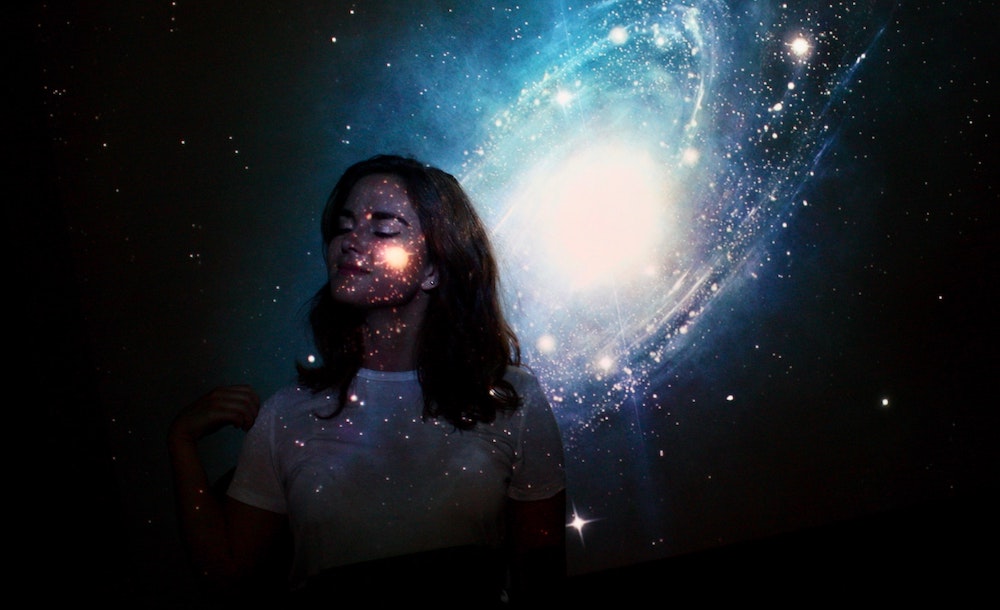
Life After Near-Death
As it is with science, there’s not always a simple answer. Finding that the DMT state and the NDE state have large experiential overlaps is certainly compelling. However, it’s only one study. And it’s notoriously difficult to capture the complexities of these experiences with a single questionnaire.
To rectify this, a 2019 study further investigated the relationship between psychedelics and NDEs. However, this time, the researchers employed deep lexical analysis; they fed a computer with 15,000 trip reports, written accounts of drug experiences, and 625 written reports of a NDE.
The trip reports included experiences on a variety of different drugs, including DMT, psilocybin, and ketamine (a drug not considered a ‘classic’ psychedelic). The contents of these reports were analysed, and the semantic similarities between the NDEs and the drug experiences were identified.
Much like the other study, the researchers found a remarkable similarity between the contents of the drug experiences and the NDEs. However, unlike the former study, NDEs had the most similarity between experiences induced by ketamine, with ‘classic’ psychedelics like DMT following afterwards.
With these findings, it’s still unclear exactly whether it is a ketamine-like substance, endogenous DMT, or something else entirely that induces NDEs. But this groundbreaking work supports the idea that neurochemistry may be at least partly responsible for these rich experiences, closing the door on the theory of afterlife.

